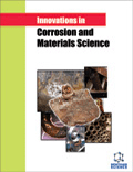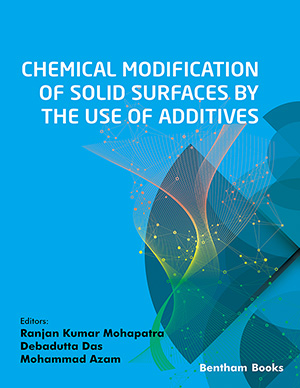Abstract
Background: The durability of civil infrastructures is a severe problem faced by Scientists, Engineers and Technologies of 21st Century, due to the increasing pollution of our environments. This paper deals with innovative corrosion protection techniques/technologies to enhance the durability of civil infrastructures. Corrosion resistant rebars manufactured using Cu, P, Ni and Cr are capable of bearing the humid conditions of the coastal areas. TATA TISCON 500D rebars de-signed with diminished levels of impurities like S and P showed better corrosion resistance properties. Compared to CTD rebars, TMT rebars with tempered martensite zone showed improved corrosion re-sistance properties. Cement based coated steel rebars (inhibited cement slurry coated, cement polymer composite coated rebars) found to be more compatible for reinforcement corrosion control, in compari-son to galvinized and epoxy coated rebars. Fly ash, slag or silica fume, blended cements are finer as compared to OPC. The fineness reduced the permeability of blended cement concrete and improved the durability. Ternary blended cements, due to the fineness of the material and increased alumina, silica contents showed improved mechanical properties and better protection for steel in concrete. Owing to the unique molecular structure and high ion exchange capacity, chloride scavengers reduced the corro-sion susceptibility. Epoxy-polyurethane based surface coatings enhanced the durability as barrier type of coatings. Corrosion inhibiting admixtures such as calcium nitrite, citrate and stannate due to the for-mation of an insoluble film enhanced the corrosion resistance properties of reinforcements. Migrating corrosion inhibitors (MCI) based on amino alcohol, amines and nitrites showed superior corrosion resistance properties when compared to admixed inhibitor systems. Depending upon the environmental conditions, the implementation of corrosion protection technologies definitely enhanced the durability of civil infrastructures.
Methods: The durability of the civil infrastructures such as National Highway Bridges, Nuclear Reactors, Elevated water tanks, On-shore and Off-shore concrete structures will be enhanced by adopting Innovative Corrosion protection Techniques/ Technologies such as i) Corrosion resistant rebars, ii)Coatings to steel rebars, iii) Blended cements, iv) Chloride scavengers for marine structures and v) Corrosion inhibiting admixtures for fresh structures.
For existing structures, the following innovative technologies such as
i). Coatings to concrete surface ii). Migrating corrosion inhibitors will be implemented.
Results: After adopting the appropriate innovative corrosion protection techniques/technologies, the effect of treated structures will be monitored by conducting NDT techniques.
Conclusion: Each and every innovative corrosion protection techniques/technologies have its own merits, demerits and limitations. Proper selection of method of corrosion protection strategies depending upon the environmental conditions can only lead to saving of money and enhancing the durability of civil infrastructures. In order to enhance the service life of civil infrastructures, it is essential to provide additional protective measures.
Keywords: Protection strategies, corrosion resistant steel rebars, coatings to steel rebars, blended cements, admixtures, migrating corrosion inhibitors, chloride scavengers, repair/renovation strategy.
Graphical Abstract
 21
21 4
4







